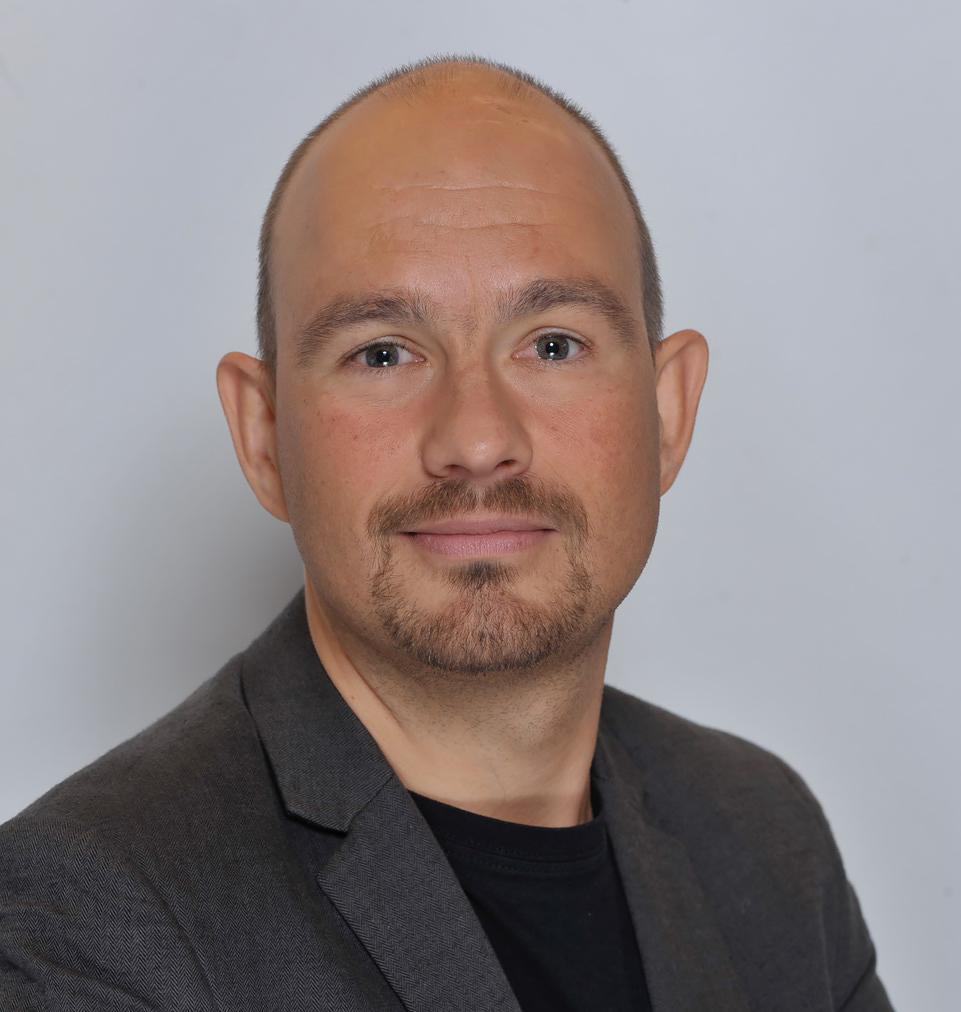Guido Klumpe was born in 1971 in Germany. He's been taking photographs since he was sixteen years old.
After graduating from high school, he traveled through Southeast Asia. From then on he was infected by street photography, without knowing that this genre even existed. He discovered the magic of the decisive moment.
After his studies in social work, other art forms became interesting for him. He danced and acted in theatre. But in 2016 he rediscovered his passion for street photography. Since then, there is not a day when he is not involved in (street) photography.
He is almost blind since birth on the left and have 25% vision on the right because the optic nerves don't pass on as much information to the brain.
You can imagine it like an internet video with a low data rate.
Through photography he go to and beyond the limits of his vision.
Guido Klumpe won several awards, among others at the Paris Street Photography award, the German Streetfotografie Festival and the Minimalist Photography award.
His work has been published in various international online and print magazines.
My work combines three genres that influence each other: street photography, minimal photography and abstract photography.
I see my city as an urban landscape. A landscape made up of shapes, colors, reflections and light. I can dissolve and reassemble these elements, limited only by the laws of optics, the possibilities of the camera and my imagination. The overarching theme is the tension between urban architecture and its inhabitants.
In my ongoing series 'Loosing one dimension' I playfully explore the fragile moment of transition where three-dimensional architecture dissolves and abstracts into the two-dimensional. When the viewer loses orientation and can't tell for sure what they see, which parts of the image are in front, and which are behind, they experience a bit of how I sometimes lose my bearings in the world. To achieve this effect, I photographically superimpose different parts of the building. I often find my motifs on arterial roads, industrial areas or suburbs.
